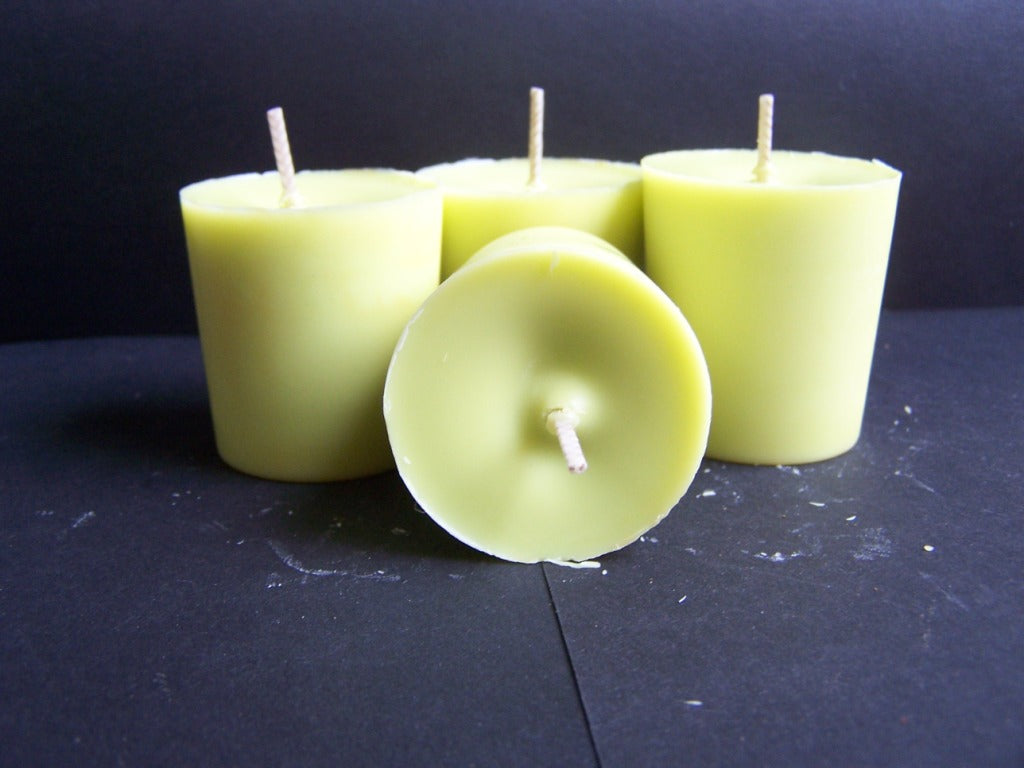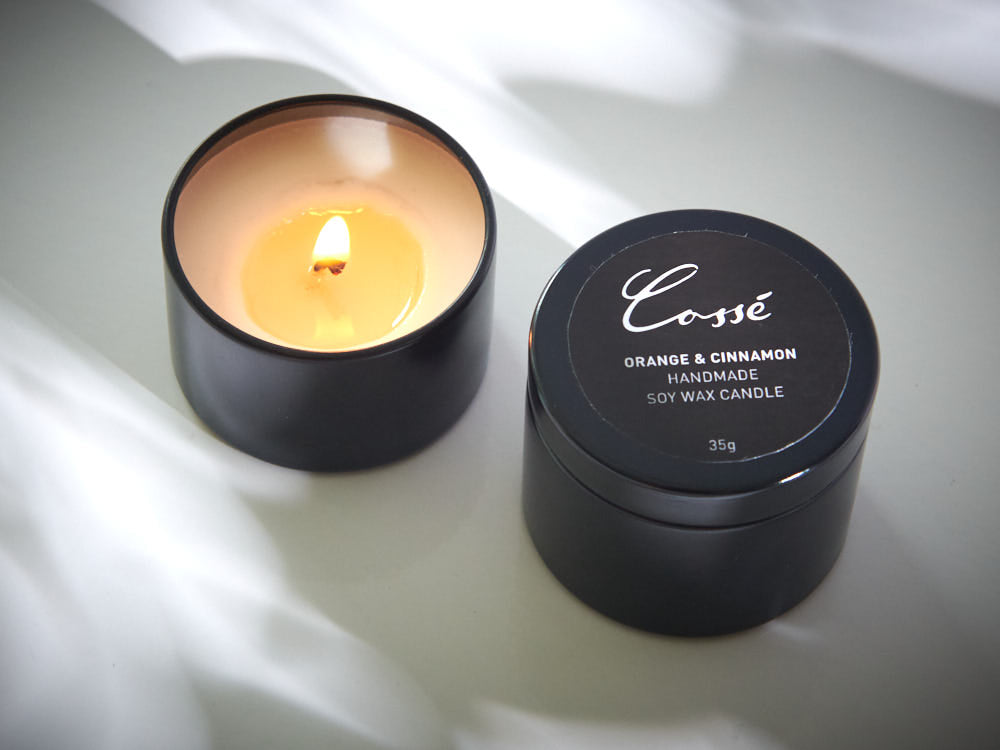From Wick to Wax: Understanding the Chemistry Behind Soy Wax Candles and Their Environmental Effect
As we brighten our areas with the warm radiance of candle lights, there lies a realm of elaborate chemistry behind the relatively basic act of lighting a soy wax candle. The choice in between soy and paraffin wax prolongs past simple aesthetic appeals, delving into the world of environmental effect and the really make-up of the products. Understanding the molecular structure of soy wax and its combustion process loses light on the exhausts released into our surroundings. Join us as we decipher the clinical details behind soy wax candle lights and explore their implications on our environment.
Soy Wax Vs. Paraffin Wax
When contrasting soy wax and paraffin wax for candle light making, it is important to recognize the distinct features and advantages of each product. Soy wax is a natural, renewable energy stemmed from soybean oil, making it eco-friendly and environment-friendly - crystal soy candles. In comparison, paraffin wax is a byproduct of petroleum refining, which raises concerns regarding its ecological influence and sustainability
Soy wax candles burn cleaner and emit less residue compared to paraffin wax candles, making them a healthier choice for interior air top quality. Furthermore, soy wax has a reduced melting point, permitting a longer-lasting candle light that distributes fragrance more effectively. Paraffin wax, on the various other hand, often tends to shed faster and much less easily, potentially releasing hazardous chemicals into the air.
From a sustainability perspective, soy wax is preferred for its biodegradability and renewable sourcing, lining up with the growing consumer choice for ecologically aware products. While paraffin wax has been a typical choice in candle making as a result of its cost and convenience of use, the shift in the direction of environment-friendly alternatives like soy wax is obtaining momentum in the sector.
Chemical Composition of Soy Wax

Combustion Process in Soy Candles
The chemical make-up of soy wax straight affects the burning process in soy candles, influencing elements such as burn time, scent launch, and environmental influence. When a soy candle is lit, the warmth from the flame melts the wax near the wick.
The burning effectiveness of soy candles is influenced by the pureness of the soy wax and the top quality of the wick. A clean-burning soy candle with an appropriately sized wick will decrease and create a steady fire residue development. This not only prolongs the melt time of the candle yet also enhances the launch of fragrances. In addition, soy wax candle lights have a reduced ecological impact compared to paraffin candles because of their biodegradable and sustainable nature.

Ecological Advantages of Soy Wax

Taken into consideration a lasting option to conventional paraffin wax, soy wax offers notable environmental advantages that visit the site make it a prominent option amongst eco-conscious consumers. One significant advantage of soy wax is its sustainable sourcing. Soy wax is originated from soybean oil, which is mainly grown in the United States. The growing of soybeans assists support regional farmers and minimizes the reliance on non-renewable fossil gas used in paraffin wax manufacturing. In addition, soy wax is biodegradable, meaning it damages down normally without releasing damaging toxins right into the atmosphere. This particular makes soy wax candles a more eco friendly option compared to paraffin wax candle lights, which are made from oil, a non-renewable resource. Additionally, soy wax burns cleaner and creates less residue than paraffin wax, adding to much better indoor air high quality and lowering the demand for cleansing and upkeep. In general, the environmental benefits of soy wax line up with the growing need for sustainable and environmentally friendly items on the market.
Recycling and Disposal Considerations
Recycling and correct disposal browse this site of soy wax candles play an essential function in preserving ecological sustainability and decreasing waste in neighborhoods and homes. When it involves recycling soy wax candle lights, the primary step is to guarantee that the candle has shed completely. This can be achieved by allowing the candle light to burn till the wick is no much longer functional, and after that letting the remaining wax cool and strengthen. As soon as the wax has actually solidified, it can be carefully eliminated from the container.

In regards to disposal, if recycling is not an option, soy wax candle lights are naturally degradable and can be safely disposed of in the majority of house waste systems. It is always recommended to check with local reusing centers or waste monitoring solutions for certain guidelines on candle light disposal to make certain appropriate handling and ecological security.
Conclusion
In verdict, the chemistry behind soy wax candle lights reveals their environmental advantages over paraffin wax candle lights. Soy wax, stemmed from soybean oil, burns cleaner and produces less soot when compared to paraffin wax. The combustion procedure in soy candle lights is a lot more efficient, resulting in a much longer and extra also melt. Additionally, soy wax is eco-friendly and naturally degradable, making it a much more sustainable choice for candle production. Reusing and proper disposal of soy wax candle lights better contribute to their ecological effect.
When comparing soy wax and paraffin wax for candle making, it is important to understand the distinct qualities and benefits of each material (crystal soy candles).Soy wax candle lights shed cleaner and give off less soot contrasted to paraffin wax candle lights, making them a healthier choice for indoor air top quality.Thought about a sustainable alternative to standard paraffin wax, soy wax supplies significant environmental advantages that make it a popular choice among eco-conscious consumers. Soy wax burns cleaner and produces less soot than paraffin wax, adding to better indoor air why not try this out high quality and reducing the demand for cleansing and upkeep.In verdict, the chemistry behind soy wax candles exposes their ecological benefits over paraffin wax candle lights